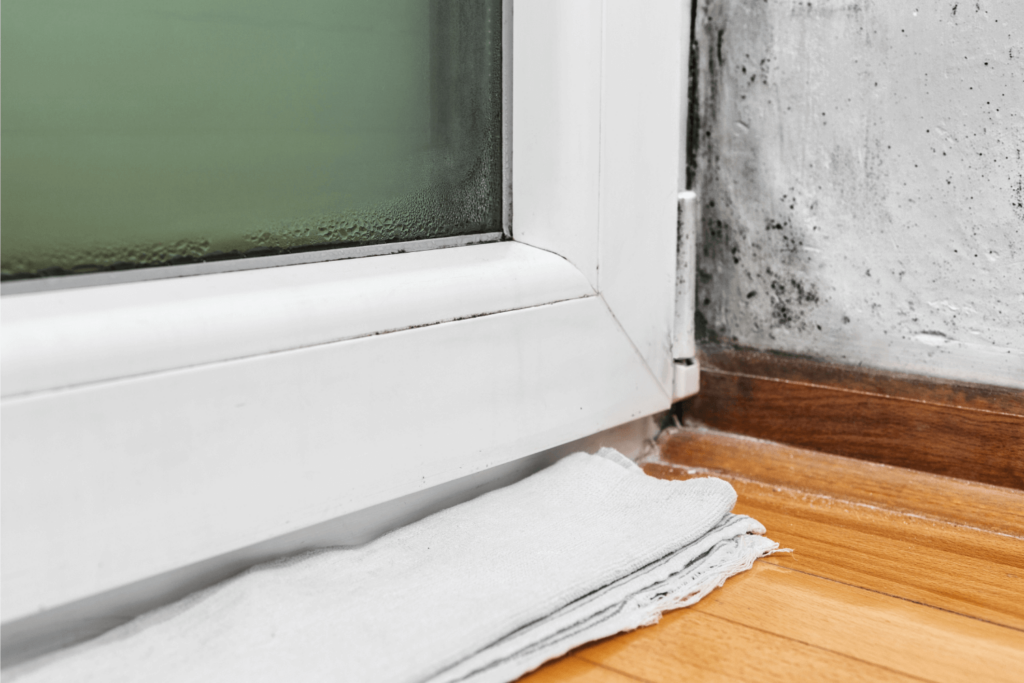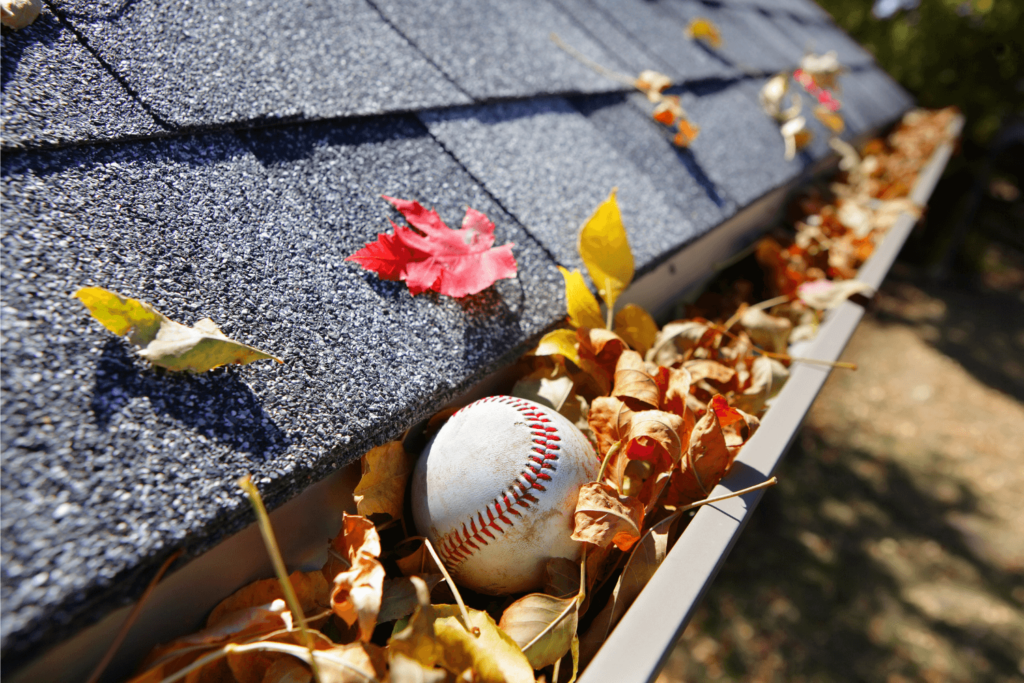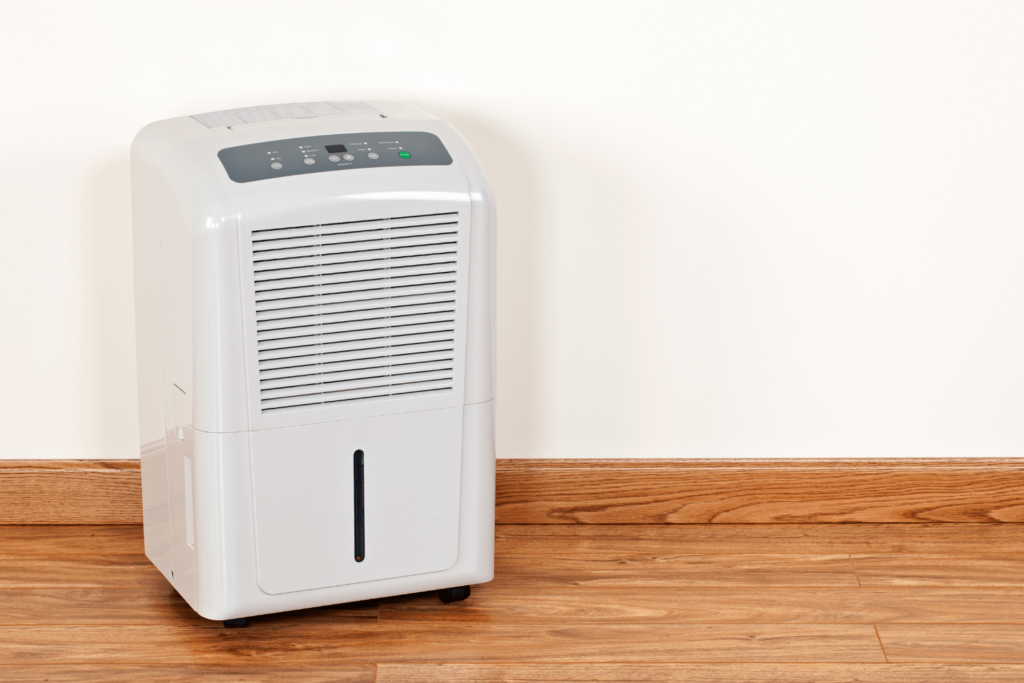Summer basement humidity can weaken your basement, damage your property and appliances, or lead to mold growth, endangering the health of your family. As your local basement waterproofing experts, we see exactly how much havoc moisture in the basement can cause, but identifying issues, addressing them, and preventing them from reoccurring can help you protect your property and your family’s safety. We can help you identify the sources of basement humidity, watch for the danger signs that it’s creeping too high in your home, and prevent it from jeopardizing your property.
Signs of Summer Basement Humidity
You go down to your basement den, laundry room, or storage area, and it hits you. There’s a musty smell, it feels like you’re breathing through a wet blanket, and all your appliances are covered in a slick sheen of moisture. These are all extreme signs your basement humidity is much too high for the safety of your home. Before they set in, you may notice a dew-like condensation appearing on colder pipes or flat surfaces, the air may be cooler in the basement, but it will feel heavier due to the rising moisture content.
Dangers of Summer Basement Humidity
As humidity builds up, the moisture in the basement can lead to a range of issues.

- Structural Damage – Too much basement humidity can damage your basement walls and floors, paneling, drywall, or support beams. As these weaken, they’re more susceptible to further damage from further moisture or the pressures and stresses from supporting the weight of your home.
- Damage to Electronics and Appliances – Water and electricity don’t mix. Today’s advanced electronics can be highly susceptible to summer basement humidity that introduces moisture to the circuitry.
- Mold – Mold feeds on moisture, attaching itself to surfaces in your basement. Mold spores can lead to respiratory illnesses and neurological illnesses.
- Vermin – Bugs and rodents want the same things we do–food, shelter, and water. A damp basement is the perfect place for them to settle down.
- Personal Property Damage – Many people use their basements as additional living space or storage. Summer basement humidity can introduce moisture in the basement that destroys cardboard and paper, upholstery, and furniture.
Sources of Basement Humidity
The first step in fighting summer basement humidity is understanding where it’s coming from. There are several prime sources of moisture in the basement, and they may require different waterproofing and repair measures to get the humidity under control.
- Ground Seep – The soil around your home collects moisture from rain, roof runoff, and even the air. As the moisture content increases, the hydrostatic pressure against your basement walls does, too, potentially forcing water through holes and cracks.
- Temperature Differential – Warm, moist air enters the cooler basement, which condenses the air but retains the moisture held inside it. This increases the relative humidity–the percentage of the air that is water vapor.
- Condensation – When warm air hits cool surfaces, water vapor converts to liquid on that surface, leaving a dew-like coating of condensation. This can happen even with moderate amounts of basement humidity in the summer.
- Ductwork Issues – Broken or damaged ductwork can introduce moisture into your basement. While this can come from condensation at cold spots created by gaps in air conditioning vents, it can also allow condensation in the ductwork direct entry. Dryer ducts, on the other hand, can bleed warm, moist air directly into your basement if not properly connected and kept clear of blockages.
- Leaking Pipes – Many houses route pipes through the basement, making leaks a continuous threat. While some leaks are easy to spot, others may only allow a trickle to escape, soaking the walls, ceiling, or floorboards around them.
Preventing Basement Humidity in the Summer
- Close Your Basement Windows – The first step to preventing moisture in your basement is creating an isolated space that keeps the warm, moist outside air at bay. Begin by closing your basement windows tightly. This may require replacing worn or cracked weatherstripping.
- Seal Foundation Cracks in the Floor and Walls – Small “spiderweb” cracks may not pose a risk to your basement’s integrity, but larger, deeper wall or floor cracks can allow moisture to seep in. If the cracks are large or there are signs of structural instability, call a basement foundation repair expert immediately.
- Dehumidify Your Entire Home – Dehumidifiers scrub the moisture out of the air, leaving you with a drier, more predictable humidity level. This not only keeps your summer basement humidity down directly, but it also evens out the humidity disparities between the basement and upper floors for less risk of condensation.
- Maintain Your Gutters and Downspouts – Your gutter system is meant to collect all the precipitation that lands on your roof and guide it away from your foundation. When leaves, sticks, or other debris blocks the flow of water, it can instead leave water pooling until it overflows, instead landing directly next to your home’s walls.

- Install Adequate Drainage – If your basement lies under the water table, basement drainage is vital. Moisture should be collected in a sump and pumped out and away from the home. Outside the home, the land should be graded or have supplemental drainage installed to collect rainfall, runoff, or irrigation and move it away from the walls of your basement where it can’t cause damage.
- Talk to a Waterproofing Professional – One of the best choices you can make to protect your home is to work with an experienced foundation and basement waterproofing expert. They can help identify potential sources of moisture in the basement you may have missed, help you create a plan to keep basement humidity down, and install the specialized equipment needed to keep your foundation dry and protected.
Request Your Free Inspection
There’s no cost or obligation to talk to an expert about your summer basement humidity. Schedule your free home inspection, and we’ll set an appointment to visit your property, survey any damage, and look for opportunities to protect your home and keep basement humidity under control. You’ll get a written estimate that lays out your foundation protection options with materials made right here in the United States of America. Get rid of the moisture in your basement and protect your home with A.M. Wall Anchor & Waterproofing today.

